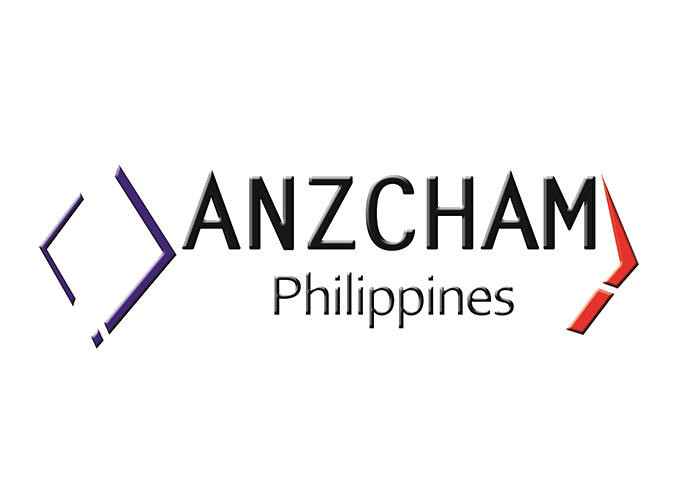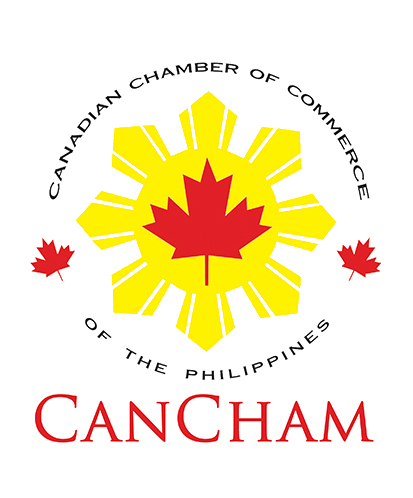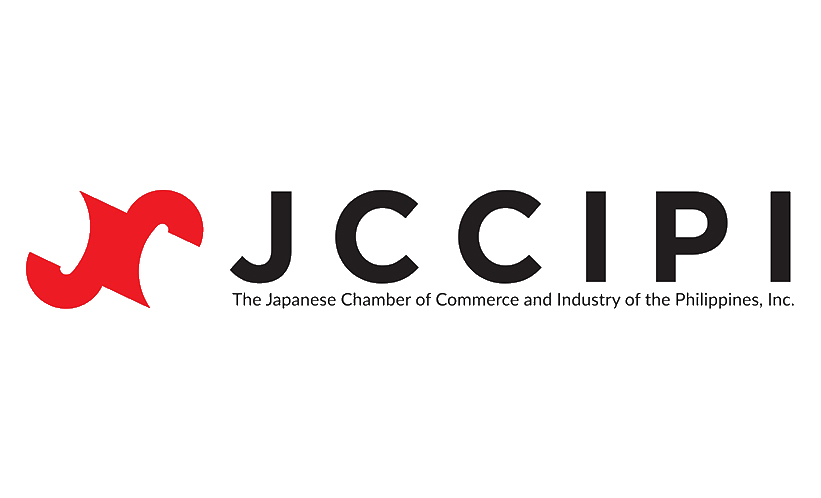Realize the potential
March 4, 2013 at 13:58
(The following is lifted from the author’s speech at the recent Arangkada Philippines Forum)
If I recall, in connection with last year’s theme, “Moving Twice as Fast,” I said that the economy would not move that fast. I said then that “if we take the lowest actual growth rate of 3.2 percent of 2011 and multiply it by two, this would give us a 6.4 percent minimum growth rate for 2012 in order to reflect an economy that has moved twice as fast.”
Considering that the 2012 full year growth was 6.6 percent over the prvious year’s 3.9 percent, should I eat crow or turn singer instead? What a difference a year makes. If the growth rate in many previous years were close to what it was last year, we may not be here asking ourselves how can the economy grow twice as fast.
Fortunately, I don’t really have to eat crow since you will recall that I also said I would be happy to be proven wrong.
Highlights
There is indeed much to be happy about. They have been repeated with glee in various publications both here and abroad. Let me tick off a few highlights.
The 6.6 percent growth not only exceeded the government’s target of 5-6 percent, but was broad-based. The industry sector grew by 6.5 percent, which was more than twice its growth rate in 2011 at 2.3 percent. The decline in mining from 7 to -3.7 percent was more than compensated by construction that zoomed from -7.3 to 14.4 percent.
Manufacturing likewise grew from 4.7 to 5.4 percent and utilities from 0.6 to 5.1 percent. The service sector was also a major driver growing at 7.4 from 5.1 percent with contributions from trade, transport, communications and real estate. Even the agricultural sector performed relatively well at 2.7 percent considering the weather disturbances that hit many parts of the country.
Government expenditure grew 11.8 percent, which was in fact the key element in the economy’s performance as it started from a very low base of 1 percent in 2011. On the demand side, government spending growth accelerated to 12.6 percent.
The Philippine Stock Market expanded 33 percent last year as the composite index broke record highs 38 times. It is viewed as one of the most dynamic stock exchanges in Asia. Last Feb. 19, the main Philippine Stock Exchange Index broke the 6,600 level for the first time, and some expect it to hit 7,000 this year.
The country’s gross international reserves reached a historic level of $84.2 billion, which can finance a full year’s worth of imports of goods and payments of services and income.
Registered portfolio investments inflows into the country last year reached $18.5 billion, the highest in 10 years.
Overseas Filipino Workers’ remittances also rose to a record $21.4 billion, which is 27 percent of GDP.
The Philippines is now No. 1 in voice services and No. 2 in non-voice services in the BPO industry. Already employing some 700,000 Filipinos, the BPO sector was expected to add 100,000 new jobs.
Transparency International reported an improvement in the country’s anti-corruption drive as it improved its ranking on the list of the most corrupt countries, ranking 105th out of 176 countries. Still low in ranking, but a significant improvement.
The Global Competitiveness Report of the World Economic Forum ranked the Philippines 65th among 144 countries in its 2012 survey, a significant jump from 75th last year.
Clearly, the favorable perception in both the domestic and international arenas toward the administration’s anti-corruption campaign has had its effect. However, even the government realistically admits that much more has to be done.
In this light, the question I wish to address is precisely whether we can rest on the laurels of recent successes or look upon these successes as a platform for the vital reforms still needed to realize the country’s potential. Not a few have voiced the opinion that the recent successes are mainly reflective of the financial economy, and not as much of the real economy.
When I earlier asked how many of you were happy, most of you said you were. Of course, that may not be the same response in different economic strata, largely unrepresented here, who may not even know what the stock market is, but try to make ends meet to be able to buy and sell at the wet market and survive day to day.
Perhaps to put some perspective, let me mention the major concerns.
While the country posted the highest growth rate of 6.6 percent in Southeast Asia last year, we also accounted for the highest unemployment rate in the region at 7.2 percent. That is not counting underemployment in both the urban and rural areas. This raises the question of how inclusive is our growth. Poverty reduction has not kept up with the GDP growth rate as it did not result in any increase in mass employment.
We continue to lag behind our neighbors in foreign direct investments. We registered a growth rate of 10.6 percent in FDIs, which is a far third behind Thailand and Cambodia at 62.1 and 165.7 percent, respectively. And while Malaysia, Indonesia and Singapore registered negative growth rates, the Philippines with its positive growth rate is just at par with Cambodia in absolute amount of FDIs at $900 million. The updated statistics for the period January to November 2012 showed that foreign direct investments in the Philippines reached $1.2 billion. I believe this is the first time we breached the $1-billion level. But it is nothing to breast-beat about compared to, say, Indonesia’s $18 billion.
While government infrastructure spending surged last year, the overall state of Philippine infrastructure still lags far behind neighboring countries whose citizens used to come to the Philippines to learn from us.
Downside
Even some of the elements of success have their downside. For instance, the stock market boom may also be an indicator of hot money growing at such a rate that may make it too hot to handle. Not only has its benefit not reached much of the real economy but it is always prudent to remember the adage that a bubble is not seen as a bubble until it bursts.
What reforms are needed? The most important of the reforms should be those that would target the three most important priorities to enable sustainable and inclusive growth to take place, namely, job creation, job creation, and job creation. The financial economy by itself, despite the stellar performance of the stock market and the prospect of an investment grade credit rating, cannot pull that off. Arangkada Philippines has been at the forefront of advocating specific reforms in vital sectors of the economy.
Let us revisit some of the key Arangkada ones:
Agriculture. The key to improving this sector remains our ability to transform it toward higher productivity and a more agro-industry based configuration. That will not happen unless we revisit our land reform paradigm that focuses on ownership, much more than productivity, to the point of near romanticizing subsistence farming and placing much of the blame and burden on credit policies. The present Land Reform Act expires in 2014. Perhaps inputs toward generating important amendments to it should begin to be gathered rather than just allow the present law to lapse or be extended.
Infrastructure. The government’s great leap forward in spending here last year accounted for a large part of the impressive growth rate but that level of spending cannot be expected to double year by year. At the same time, infrastructure other than roads has not experienced the same boost. There is some concern, for instance, that the energy sector needs closer watching and a more energetic push, particularly in Mindanao.
Manufacturing. We should all be delighted to learn of the marked increase particularly in Japanese and Korean investments in this sector, but the relatively low FDI translates into relatively few new manufacturing plants. We continue to suffer from a poor rating as among the countries most difficult to do business in (with the outstanding exception of Peza). More than most other sectors, manufacturing is a generator of jobs. Bureaucratic processing, a skewed labor policy and poor level of infrastructure still hinder our ability to be a preferred investment destination in this sector.
Mining. The issues are familiar to you, but efforts by government to bring a workable compromise between environmental protection and reaping the economic benefits of mining may need further tweaking. Among others, the present moratorium on new mining activity and the blurred division of jurisdiction and responsibility between national and local governments still leaves many prospective investors confused.
Tourism. I applaud the gains made by the Department of Tourism that has resulted in an increase of tourists by a million since the start of the administration, from 3.5 million in 2010 to 4.3 million in 2012. But this pales in comparison with the 25 million tourists in Malaysia and the 7 million in Vietnam. I am confident that more can have more fun in the Philippines, but DOT can’t do it alone. Again, infrastructure looms as the bottleneck.
I am encouraged that we at least seem to have a government that listens. I’m realistic enough, having been in the Cabinet myself, to realize that it cannot do all things all at once without rushing into too many false starts and too little real accomplishment.
Reforms
May I suggest therefore to focus on the following priorities.
NAIA. With the DOT’s tourism program doing well, the sad state of Naia continues to be a major drag. Clearly, the present single-runway international airport is primitive compared to almost any other international airport in the Asean. Clark is the obvious choice. Yet, we are spending funds to have consultants to tell us what we had ourselves already studied and concluded as early as 1996—that a two-airport set-up (similar to that in Washington D.C.) with Clark as the International gateway and Naia for domestic flights would be best.
PPP. I said last year that the continuing central problems are infrastructure, infrastructure and infrastructure. They still are. The PPP as the government’s flagship program in this regard, has actually begun to move but ever so slowly as some projects have been awarded and started. But a short road like Daang Hari and a school building program do not a vigorous PPP program make.
Smuggling. The value of smuggled petroleum, fertilizers, rice and other commodities is estimated at almost $20 billion annually. This cuts deep into the government’s import duties, and puts local industries and manufacturing at a big disadvantage, if not totally drive them out of business. This is the big hole in the drive for a better fiscal situation.
Competition Policy. It is not enough to say that our system is a democracy when much of its social and business structure still reflects oligarchy. The essence of a truly democratic, free-enterprise system is competition.
Amendments to the Constitution to encourage foreign investments. I understand there is some reluctance on the part of the Executive. The questions in our minds though are: if not now, when? Isn’t this the best time to make the move with a President in office who is trusted not to make constitutional change an avenue for extending his term? Reluctance in the context of conservatism may be understandable but we are lagging behind, and a bold move may be the order of the day.
Institutionalizing reforms is not the responsibility of the government alone. We need to do our part.
This year, the most important aspect of our responsibility lies with the forthcoming elections. Many have observed that this is the most confusing elections with respect to political alignments—as well as the most dynastic elections we’ve had. It may be too late to change the political configurations as we know them today, but it is still our vote.
***
Source: Roberto F. De Ocampo, MAPping the Future, Philippine Daily Inquirer, 04 March 2013



























